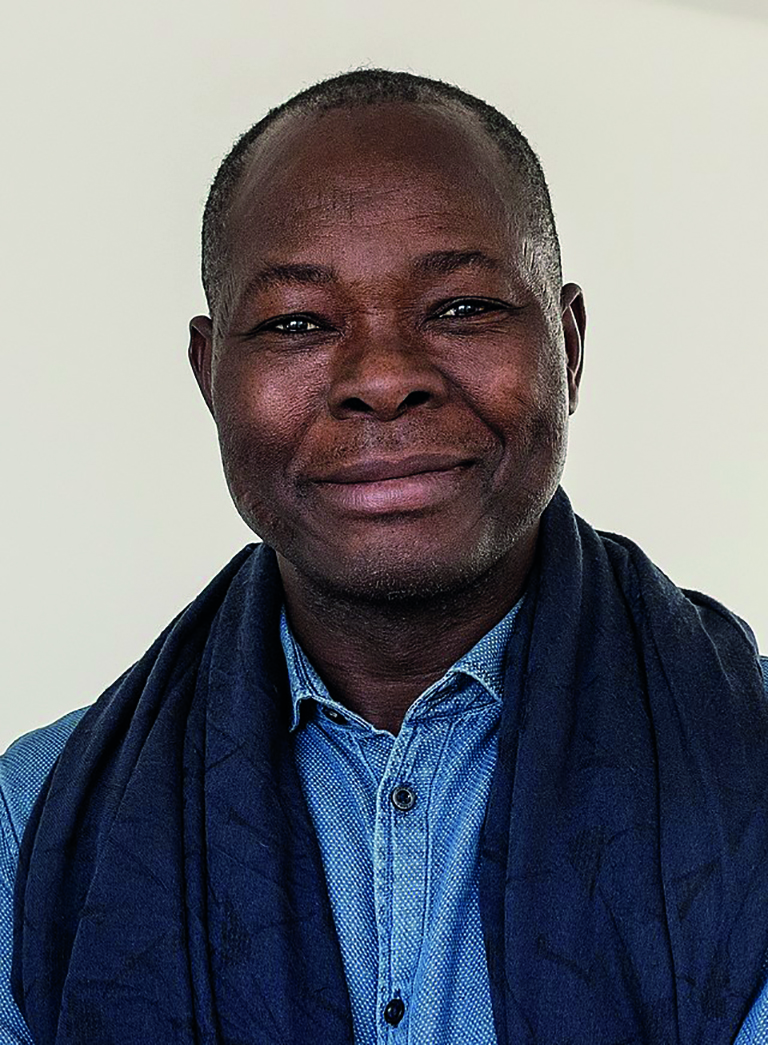
Photo by George Rex
The 2022 prestigious Pritzker Award in Architecture was presented to Diébédo Francis Kéré on May 27 in London.
His unique contribution to the field of architectural design is having a multifaceted impact on future practitioners in the field.
He is the first Black African to receive the prize. Kéré was born in Burkina Faso, not far from Ghana in Western Africa. His father was an active leader in his community and recognized the importance of education for its future development.
At the age of 7, Kéré was sent to the nearest school 10 miles away, where he lived with a host family. To earn his keep he would collect water for the family before school, as well as building materials of sand, gravel and mud to repair their guest house and also to sell to others in the community.
At the age of 20 he received a three-year scholarship from a school in Germany, where he received training in carpentry, attending classes at night and working as a carpenter apprentice during the day. This awakened a desire to study architecture, and he remained in Germany to continue his studies.
One of his first projects while still a student at the University of Berlin was the design of a school building in his home city in Burkina Faso. In a recent interview, Kéré recalled his experience in the dark, humid classroom where he had to study, and how he wanted to create a space that was filled with light and fresh, cool air.
His buildings typically have a “hovering roof,” which he refers to as a “big canopy” that provides shade, protects the earthen walls and ventilation that allows hot air to escape and cool air to enter.

Diébédo Francis Kéré--Photo by Astrid Eckert
“It works like a lung—the way you breathe in fresh air,” says Kéré, “like an organism. It should breathe, too.”
It became the pattern that characterized his work: construction by local villagers using local resource materials. He sees each of his designs as prototypes that his future designs are built upon. They don’t only represent technical advancement, but they become aesthetic achievements.
“Everyone deserves beauty—structures that embrace people, their dreams and desires.”
Kéré is convinced that people want to participate in the process of design and construction of buildings in their communities, and he is committed to their involvement on all levels.
“I want to extend people’s horizons, to lift them up to see the country,” he commented while describing the design of a tower that rises 285 feet above the center of the capital in Burkina Faso. It is a memorial to former Prime Minister and President Thomas Sankara, a popular reformer who greatly influenced Kéré.
Kéré is acknowledged as a leader in his field who promotes a socially minded form of practice that is environmentally sensitive and community centered. He currently is a professor and chair of architectural design at the Technical University of Munich and has visiting appointments in the U.S. at Harvard and Yale universities, as well as the Academy of Architecture in Mendrisia, Switzerland.
He has maintained his deep desire to inspire new generations of architects. “Imagine a young girl or boy in Africa who sees this guy coming from a little village who uses mud to build,” he says. “They will realize, ‘I can do this too.’”













